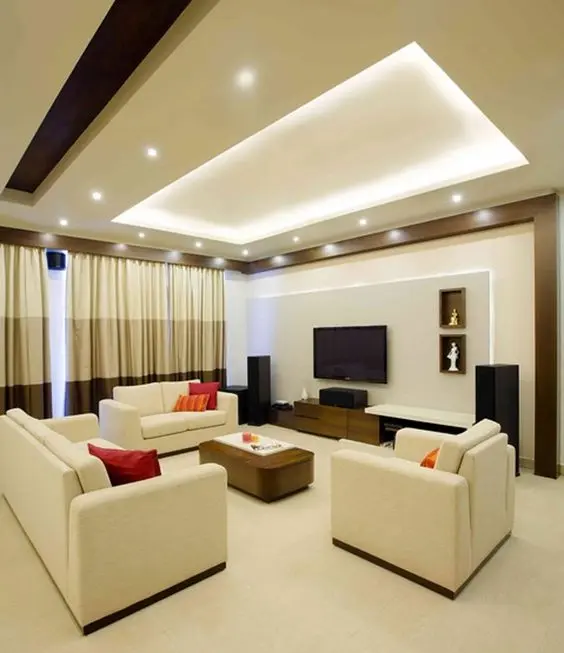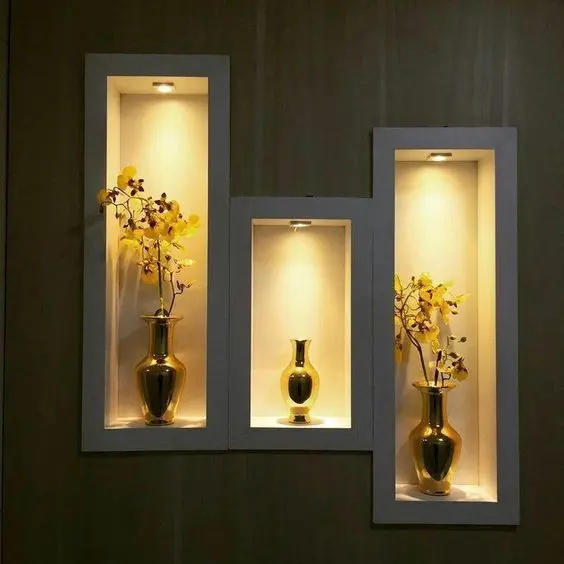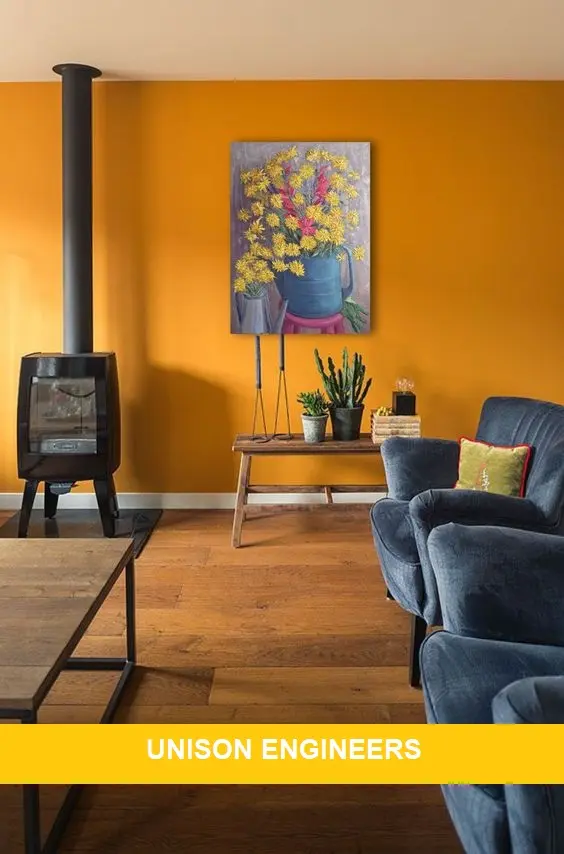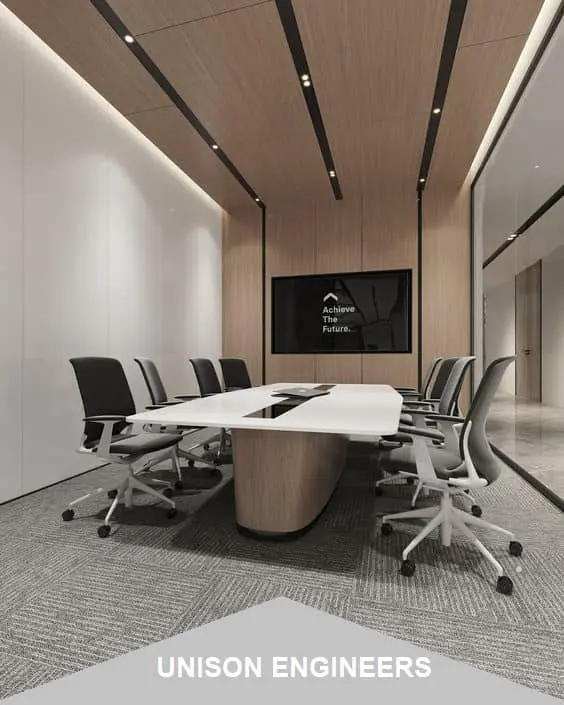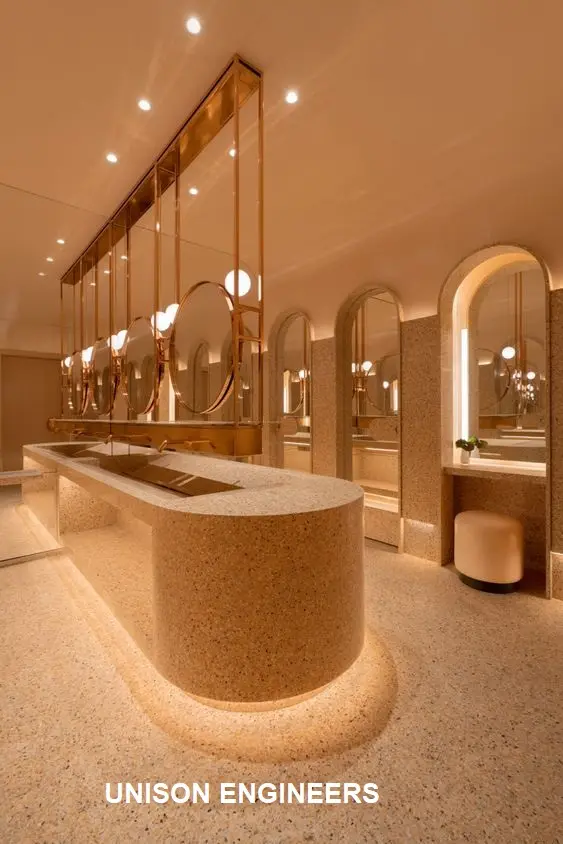🏙The Role of Interior Design in Building Urban Culture
In today’s fast-paced, ever-evolving cities, culture is not just shaped by people and their traditions, but also by the spaces they occupy. Interior design — often associated with personal or commercial aesthetics — plays a far more significant role in shaping the identity, mood, and values of urban communities than many realize. It subtly weaves itself into the social fabric of a city, influencing how people live, interact, and perceive their surroundings.

Let’s explore how interior design contributes to building urban culture and why it deserves more recognition in the conversation about city life.
🌆 Interior Design as a Reflection of Urban Identity
Cities are melting pots of history, innovation, and diversity. From chic minimalist cafes in Tokyo to rustic industrial lofts in New York, the way interiors are designed reflects the personality of a place. Interior spaces carry the story of a city's past while embracing modernity and cultural shifts.
Design elements such as colors, materials, patterns, and spatial layouts often reflect local tastes, climates, and social customs. In this way, interiors become an extension of urban identity — narrating stories of resilience, creativity, and transformation.
🛋️ Shaping Social Behaviors and Interactions
The layout and design of urban interiors — be it a coworking space, public library, or community center — shape how people interact. Open-plan offices encourage collaboration, cozy cafés become spots for intellectual debates, and artfully designed restaurants set the tone for social gatherings.
Interior design affects mood, productivity, and social connection. Well-designed spaces can break down social barriers, create inclusive environments, and offer citizens a sense of belonging amidst the often chaotic pace of urban life.
🎨 Preserving Tradition in Modern Spaces
As cities modernize, there's a risk of losing touch with local heritage. Thoughtful interior design helps bridge this gap by incorporating traditional elements into contemporary urban settings. Whether through the use of indigenous materials, culturally significant motifs, or preserving historic architectural features, interior design safeguards a city’s cultural roots.
In places like Istanbul or Dhaka, modern cafés and boutiques often feature vintage photographs, antique furniture, or handcrafted decor — keeping traditions alive in a fresh, accessible way for the younger, urban crowd.
🌱 Promoting Sustainable and Conscious Urban Living
Today’s urban culture increasingly values sustainability and conscious living. Interior designers are responding by creating spaces that use eco-friendly materials, maximize natural light, and incorporate plants and green elements.
These design choices not only reduce environmental impact but also reflect an emerging urban ethos that values wellness, sustainability, and connection to nature — even in densely populated cities.
✨ Influencing Citywide Trends
Trendy interior designs in popular city spots often inspire larger cultural trends. The rise of Instagrammable cafés, urban rooftop gardens, and cozy book cafés, for instance, influence how people experience the city and shape the kinds of businesses that open.
As these trends gain traction, they subtly redefine urban culture, making interior design a silent but powerful force behind the evolving character of modern cities.
📌 Final Thoughts
Interior design is more than choosing color palettes or arranging furniture — it’s a cultural statement, a social catalyst, and a bridge between tradition and innovation. In shaping how people live, work, and interact within a city, interior design actively contributes to the rhythm and identity of urban life.
Recognizing its role in building urban culture helps us appreciate the thought and intention behind the spaces we inhabit and inspires us to create environments that nurture connection, creativity, and community.
